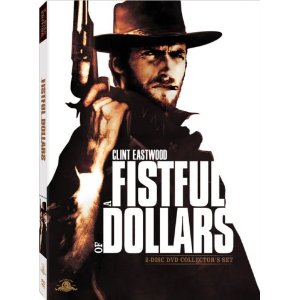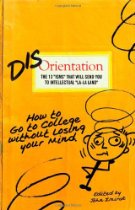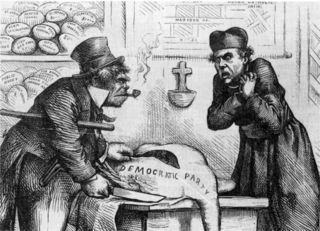 I recently watched the Man with No Name trilogy
I recently watched the Man with No Name trilogy–also known as the Dollars trilogy–starring Cling Eastwood.
This series originally came out when I was a baby (pre- and post-born), and if my parents took me to it when it was in theaters, I have no memory of it.
What I do remember is my dad's copy of the album (remember vinyl?) and the haunting, wailing, chanting music that was used to score the films.
I never saw them growing up (this was pre-cable and pre-VCR), but I finally got around to watching them, and thought I'd review them here.
The first film–A Fistful of Dollars (2-disc edition here)–features Clint Eastwood as a wandering gunslinger with no money. Not surprising, since the film was inspired by Akira Kurosawa's film Yojimbo, which features Toshiro Mifune as a ronin, a wandering samurai who doesn't serve any master.
Clint Eastwood's character has no name. What he also doesn't have is a well defined sense of morals. Upon learning that the Mexican town in which he has arrived is dominated by two rival families–the Rojas and the Baxters–he decides to make money for himself by playing the two sides off against each other. He alternately hires himself out two both groups, sometimes at the same time.
And large numbers of people die as a result.
This was part of director Sergio Leone (operating under the absurdly Americanesque pseudonym "Bob Robertson")'s effort to reinvent the Western film genre using more morally ambiguous characters and even anti-heroes.
The film's point is somewhat blunted by the slight mistranslation of the title from Italian. In Italian the title would literally translate as "For a Fistful of Dollars"–i.e., that's why Clint Eastwood's character started the bloodbath in the first place, a grim statement about man's capacity for inhumanity.
The Man with No Name isn't completely sociopathic, however. He does do one, major, genuinely selfless thing in the movie, which is to help a captive family escape. When the mother in the family asks him why, he says that he knew someone like her once (his own mother?) but there was no one there to help.
Ironically, this proves to be his big mistake. Up to this point, the character has been a total, supercompetent, gun-slinging Mary Sue, who can not only shoot better than anyone else but who is also five steps ahead of the people on both sides.
To keep the character from being totally consumed by Mary Sueness, he needs to be taken down a peg, and when his act of kindness is discovered Eastwood is beaten to a pulp while one of the villains laughs maniacally.
Eventually one of the families massacres the other, and Eastwood–in an impressive and inventive final duel–brings a kind of belated justice to the conclusion.
At the end of the movie he rides off with his dollars (which are rather more than a fistful; he made out well from these two families) and the audience is left to contemplate the morality–or lack of it–of his actions.
This got an O (morally offensive) rating from the U.S. bishops' film review service.
Though I wonder if it would today. Back in the 1960s, when this came out, the kind of brutal violence that the film contains would have been quite a bit more shocking than today.
Actually, the violence is amazingly bloodless. It's basically "bang, you're dead." One shot per customer; no visible wounds; the victim falls over and doesn't move again. What's startling is that Eastwood will do it to three people right in a row–bang! bang! bang! And we get a hip-level camera shot, so it's rather like watching a first-person shooter game.
Also, if the title had been properly translated it would have been clearer that the filmmakers are showing what man can do for a fistful of dollars but they're not approving of it.
In other words, we've got a man's inhumanity to man story here.
I probably would have given it an L (limited adult audience) rating.
While Leone was trying to get away from some of the cliches of Westerns, he was only partially successful. The film embraces as many cliches as it eschews.
On the positive side, the film has beautiful visuals (who knew that Andalusia in Spain looks so much like the deserts of Northern Mexico and the American Southwest?), haunting music, an intricate plot with a good number of twists and surprises (which I have not spoiled), and something to think about: How justifiable–or not–are Eastwood's actions at different turns.
It's easy to see why it was popular (very popular), why it's considered an iconic film, a classic of the genre–and why it got a couple of sequels.


